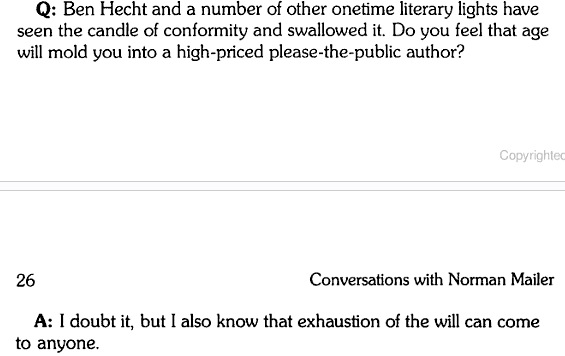Drew Anderson, Ghosts Near Sugarloaf Mountain
Mike Hoyt, Poho Posit
Caly McMorrow, Status Update
Anthony Tran, Wire less
Aaron Westre, City Fight!
Written by mediachef
Drew Anderson, Ghosts Near Sugarloaf Mountain
Mike Hoyt, Poho Posit
Caly McMorrow, Status Update
Anthony Tran, Wire less
Aaron Westre, City Fight!
Written by mediachef
Nice preview in Twin Cities Metro.
Opens Saturday at the Soap Factory.
If you’re interested in participating in Art(ists) On the Verge, proposals for the next round are being accepted through March 19.
Written by mediachef
MPR’s Chris Roberts interviews Northern Spark Artistic Director Steve Dietz. Chris did a great job of zeroing in on some of the key questions about why Northern Spark and why the Twin Cities? Ultimately, only the Festival itself can make the case, but listen here for some initial thoughts. And start “training” now to stay up all night on June 4.
Written by mediachef
Bring to Light from Max Tiberi on Vimeo.
Brooklyn Street Art: We’re always talking about the intersection of Street Art, Urban Art, Public Art, Performance, Projection Art – do you think that there is a growing interest among city dwellers in reclaiming public space for art?
Ethan Vogt: Yes, Yes, Yes! – I think this festival really struck a chord and that people looking for an authentic, non-consumer, artistic, participatory, and community experience.
Ken Farmer: I think there is a growing interest in authentic, and interactive public art. We are in a beautiful era of D.I.Y. culture. The big, corporate commissioned public art pieces in lifeless lower Manhattan plazas are old news. People want something more relatable and more dynamic. We are seeing a proliferation of low-cost, pop-up elements in public spaces. Some may see it as art, others as amenity, either way…its terrific.
Interesting interview with the organizers of the recent NYC nuit blanche, Bring to Light.
via Huffington Post
See also Bring to Light and Northern Spark.
Written by mediachef
In Justin McGuirk’s new Guardian On Design blog, he writes in relation to a scathing review of designer Ron Arad’s retrospective at the Barbican:
“Unless you die young, it’s difficult to be a hero for ever. Heroes are commercialised. They succumb to what Norman Mailer called ‘exhaustion of the will’. Or they simply go out of fashion.”
A quick Google search reveals at least one instance of the phrase in a 1955 interview with Mailer by Lyle Stuart.

Lyle Stuart, "An Intimate Conversation with Norman Mailer," from Expose #49 (December 1955) in ed. J. Michael Lennon, Conversations with Norman Mailer. via Google Books
Mailer, Stuart, and McGuirk are all using this phrase in relation to the individual, but it seems to me equally applicable, if not more so, to upstart institutions, which inevitably, it seems, for a whole host of reasons, too often focus more on what they have done in the past, often successfully, than their motivating mission. When and how does a vision with unknown consequences that draws one along become a track that is pushing one forward?

Pierre Huyghe, "Or," 1995, Venice Art Biennial, 2007
Written by mediachef
Wooster Collective interviews Martin Sobey about what might be called his uplifting random acts of art.
via Good
This curb shot reminds me of Natalie Jeremijenko’s NoPark project, which returns “‘no parking zones’ — mostly those associated fire hydrant placement — to low growth mosses and grasses.”
“These micro engineered green spaces prevent storm water run off, use foliage to stabilize the soil, and to provide a durable low maintenance surface cover. These microparks continue to provide emergency parking space for fire trucks and exasperated Fresh-direct delivery persons. But the other 99.9% of the time they now do something more. For all the same rationales that apply to green roofs, greening the no-standing zones is a good thing. Practically, noPARKS capture more water than green roofs (not being limited to carrying capacity of the 2â€, 4†or 6†of soil that roofs require). These no parking/standing zones are often situated where water collects, capturing the oily runoff from the road before it runs into the river. noPARKs recharge and replenish soil moisture on the block important to trees — even yards away — to help them dilute the gallons of uric acid poured on city trees plots each day by friendly neighborhood dogs. Less water puddling decreases pedestrian slipping hazards. Lastly, the noPark reduces the number of standing water pools that are left for days, which are the perfect breeding ground for mosquitoes. In this way, the noPark may reduce the need for widespread fumigation to combat West Nile virus in New York City.”
via xClinic